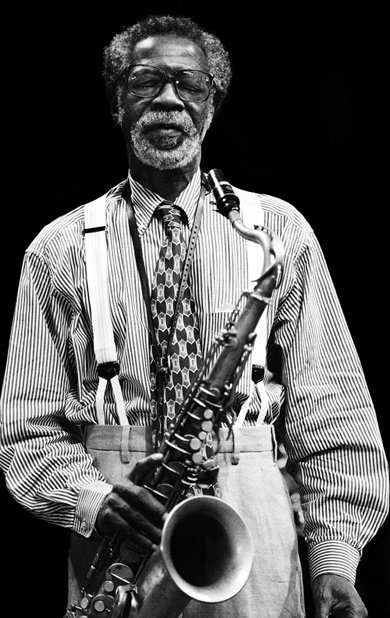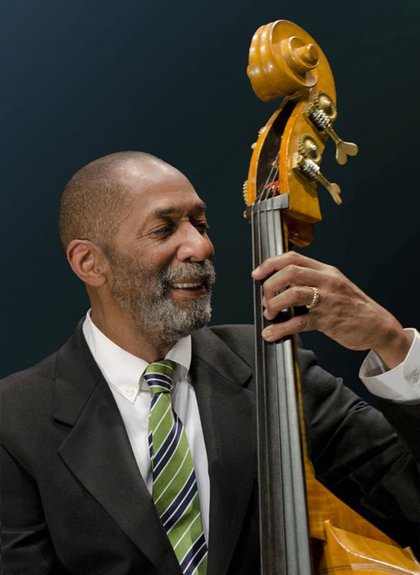Joe Henderson (tenor sax), Freddie Hubbard (trumpet, flugelhorn), George Benson (guitar), Herbie Hancock (electric piano), Ron Carter (bass), Jack DeJohnette (drums), Richard Landrum (drums, percussion) and Weldon Irvine (tabla, tambourine). From the album Straight Life (1971).
At first, in the mid-1960s, jazz-funk was a combination of jazz and southern funky soul inspired by the innovations of Sly & the Family Stone. It was quite similar to soul-jazz, but while the latter leaned on the rhythm, the impulse of jazz-funk was stronger and more pronounced. Many of the early jazz-funk artists were organists, as well as vibraphonist Roy Ayers and saxophonist Eddie Harris, among others. As soul became funk in the early 1970s, the rhythm and blues component of jazz-funk was changing.

Musicians such as flutist Bobbi Humphrey, keyboardist Ronnie Foster and trumpeter Donald Byrd created a casual style by interpreting compositions that were similar to jazzy rhythm and blues. Keyboard players like Lonnie Liston Smith and Herbie Hancock experimented with a more spacious and atmospheric jazz-funk style. Fusion and jazz-funk shared many features in the early 1970s, but fusion could embrace a wider diversity of influences, while jazz-funk always maintained its devotion to rhythm and blues and retained the cheerful and festive vibration of funk.

Benson and the rhythm section make an introduction and then Henderson and Hubbard join in to expose a very funky theme at medium tempo. The first one to enter is Hubbard, who starts by taking his time, but slowly gets his engines warm. His rendition is unhurried and serene, but full of incendiary phrases. Then the band plays a riff to give way to Henderson, who arrives with a dynamic and percussive solo, making gurgles and throwing piercing cries with the saxophone. The riff comes back and now Hancock comes in with a solid and convincing discourse while Henderson and Hubbard make a sound mattress underneath. After that, the riff introduces Benson, whose melodic line is irregular and playful introducing very quick phrases while Henderson and Hubbard also make a sound mattress for him. To end, the group plays the riff again and re-exposes the theme.
